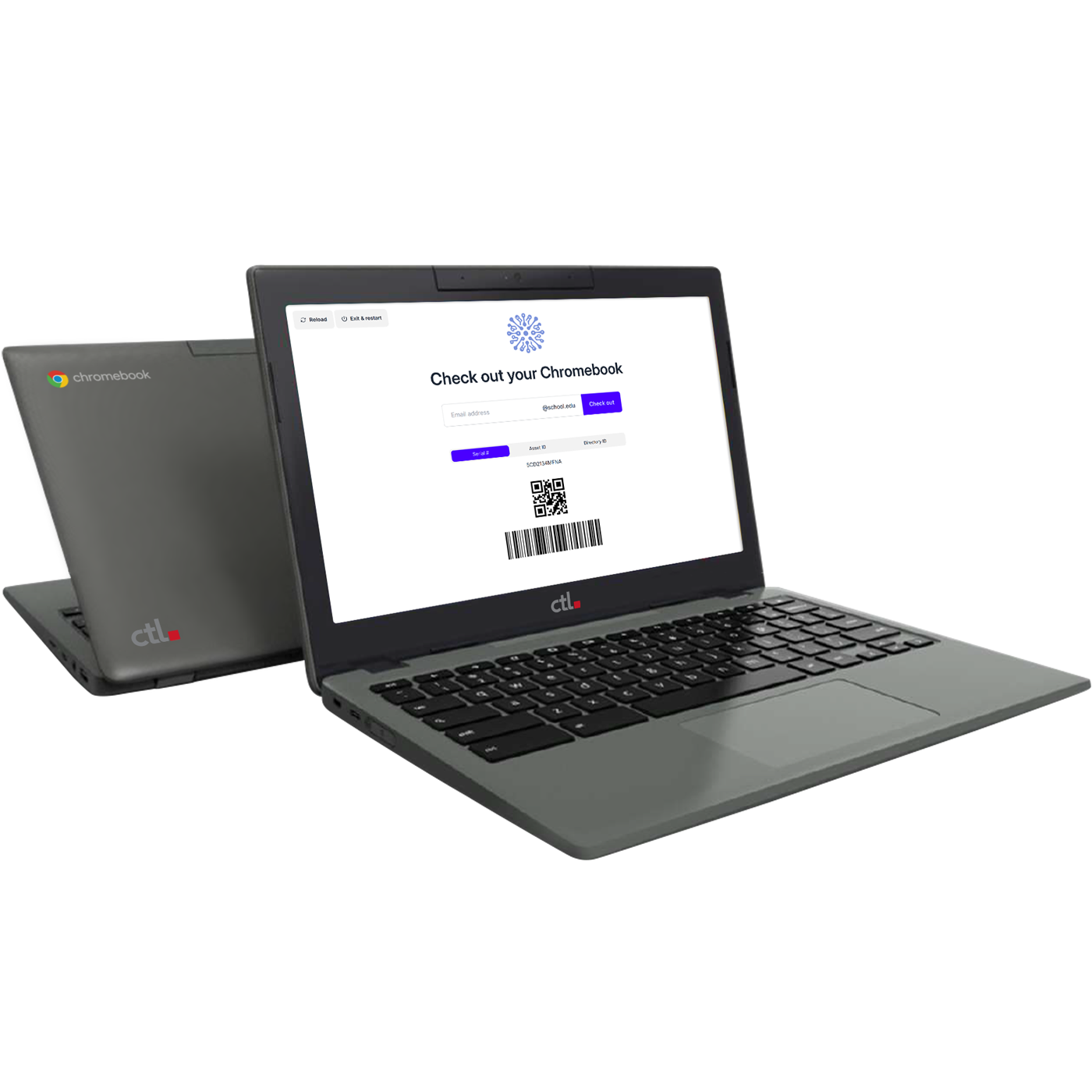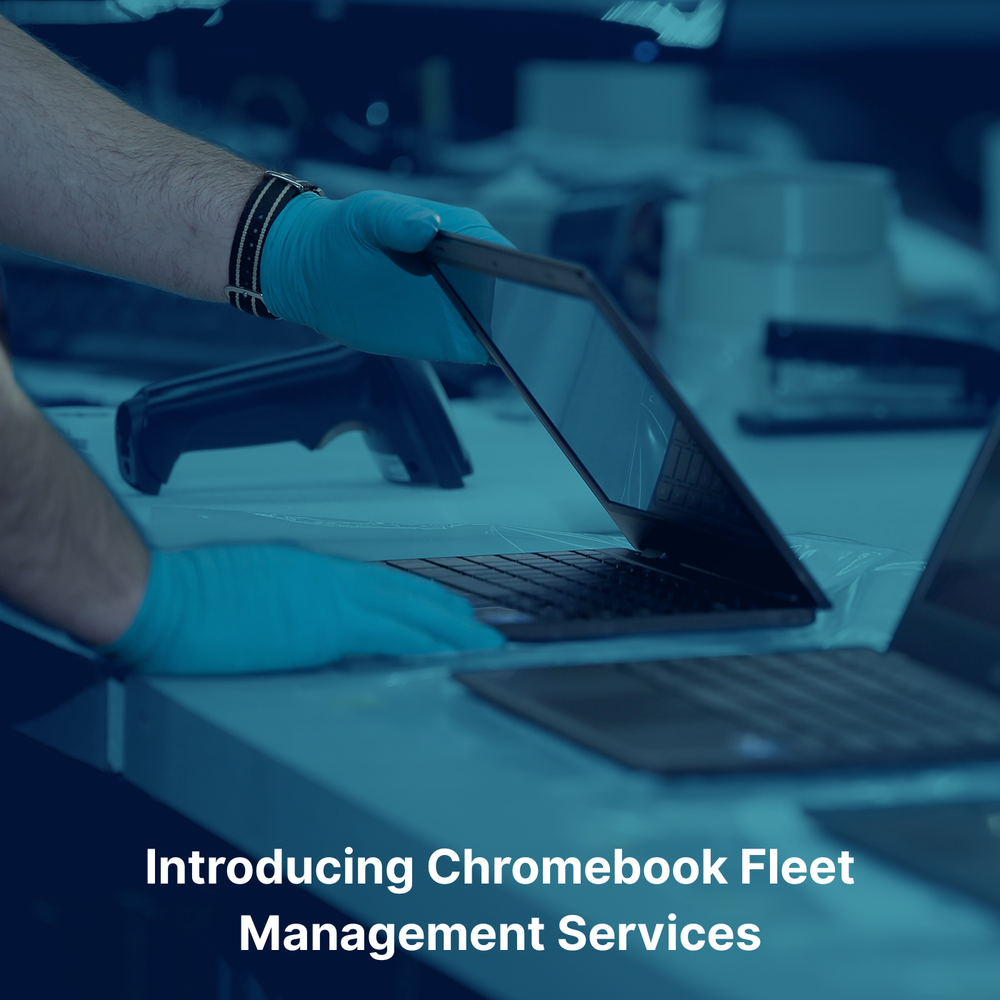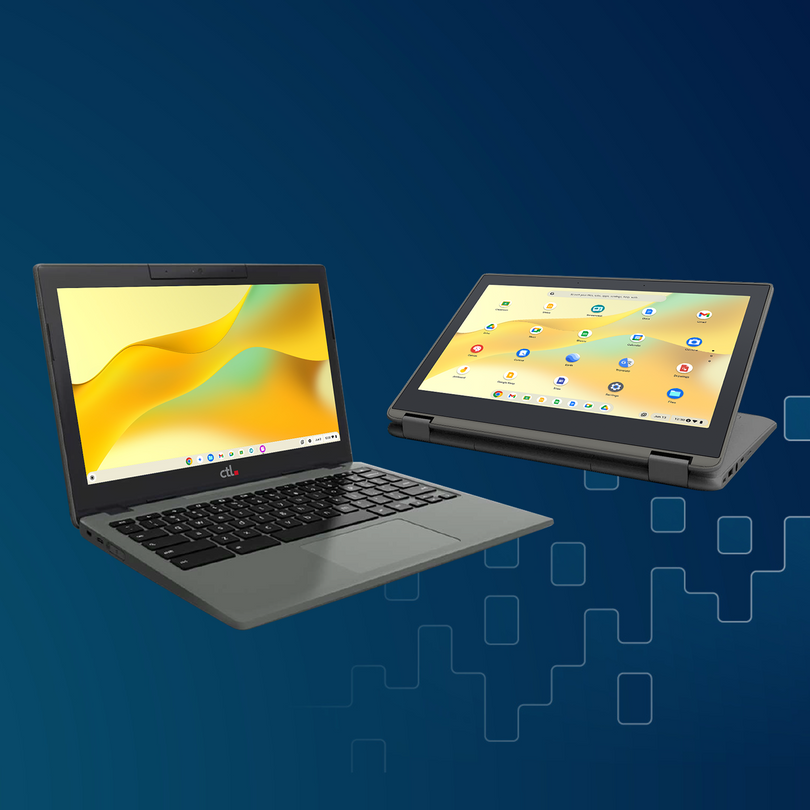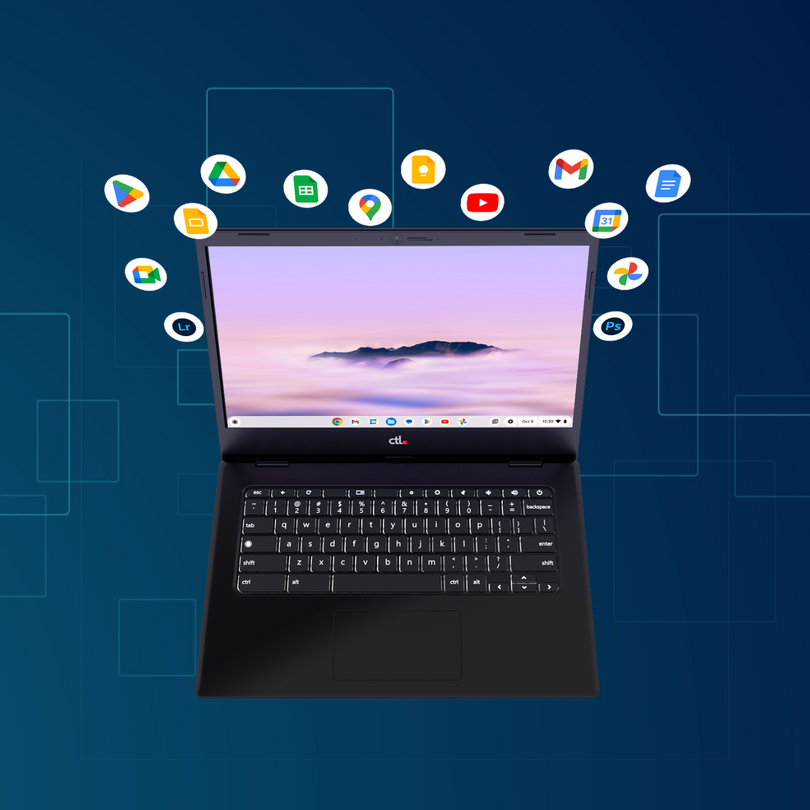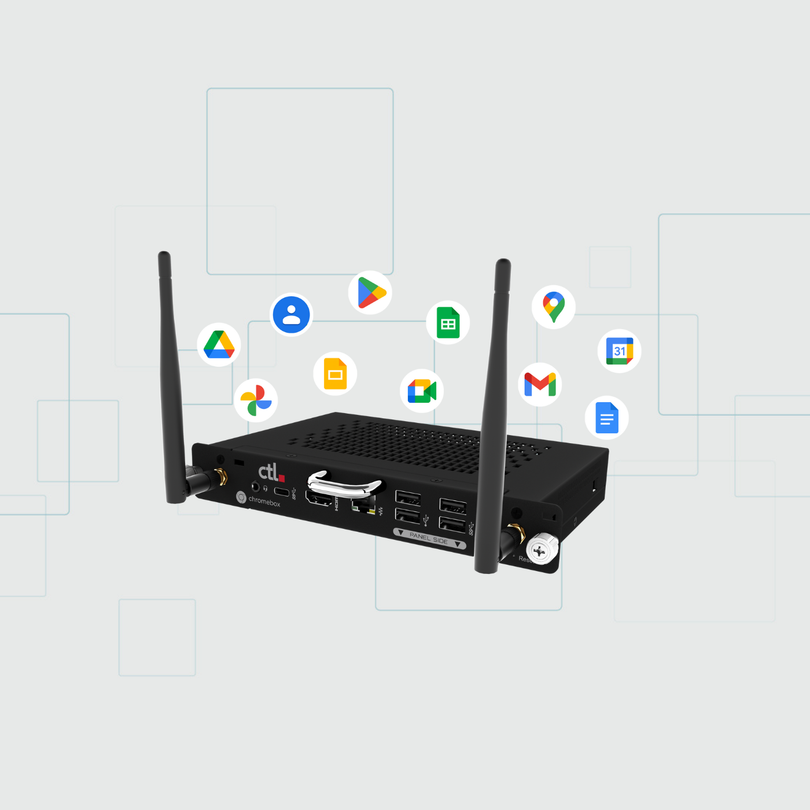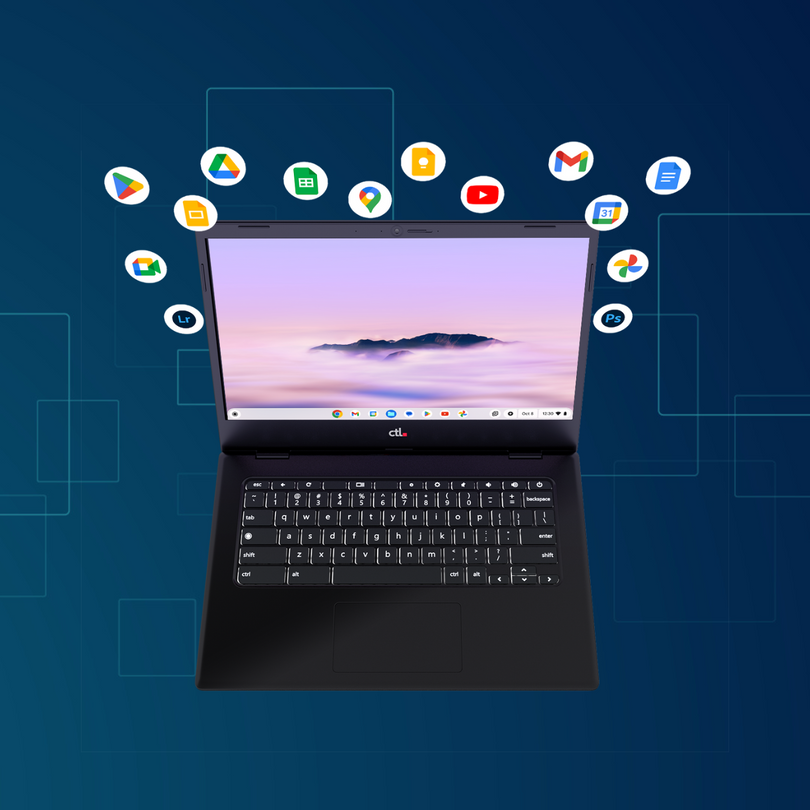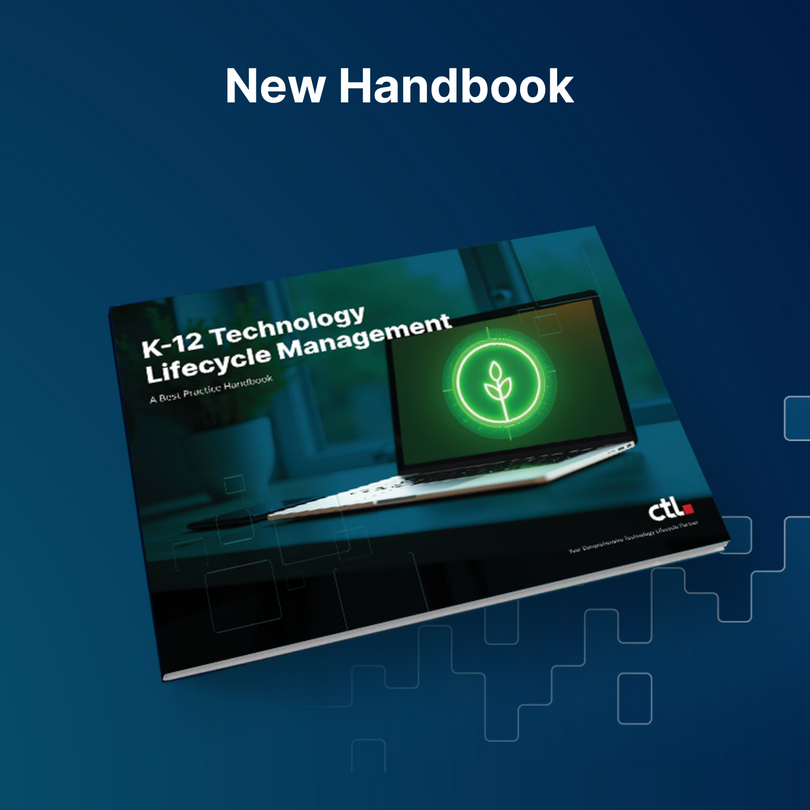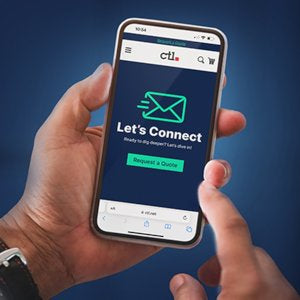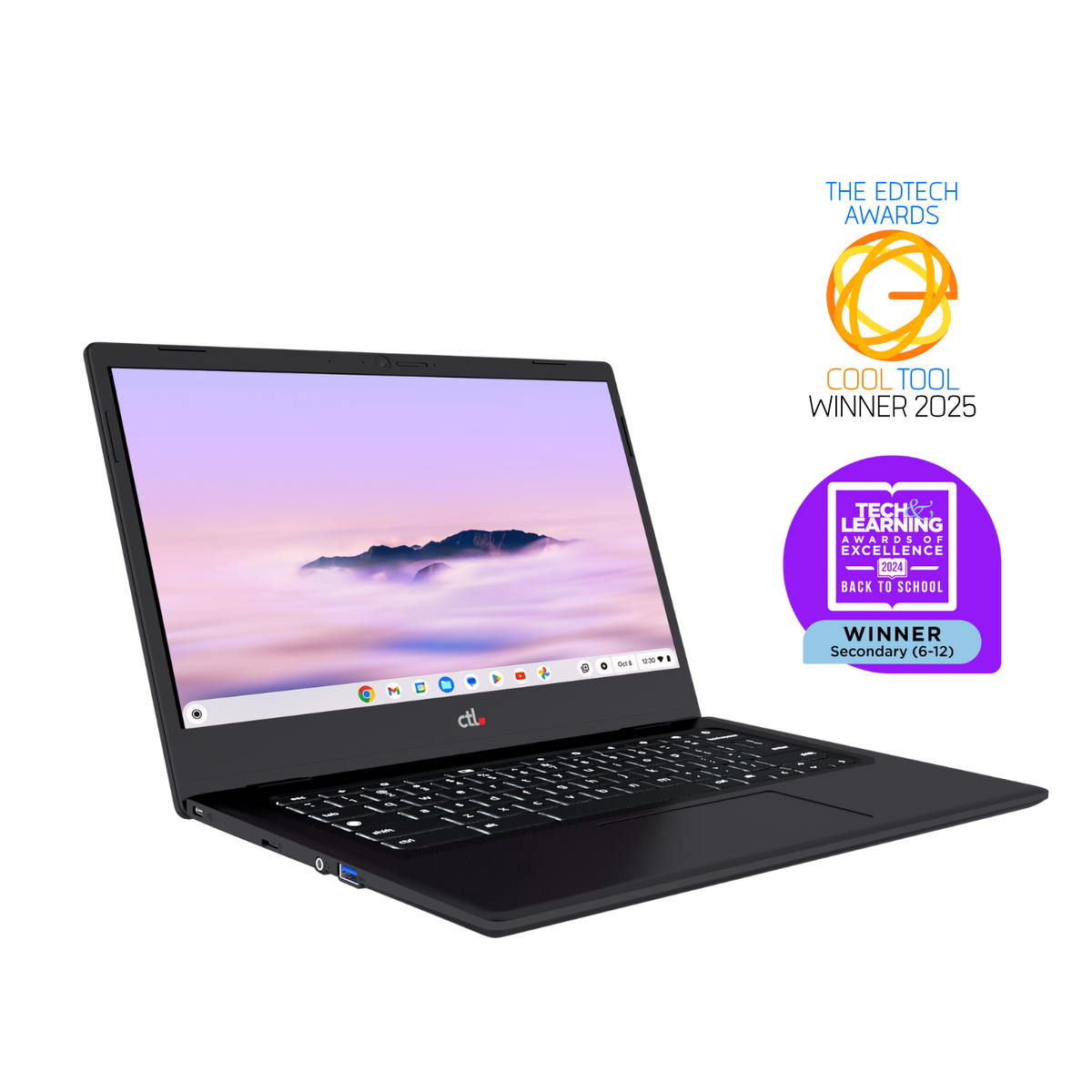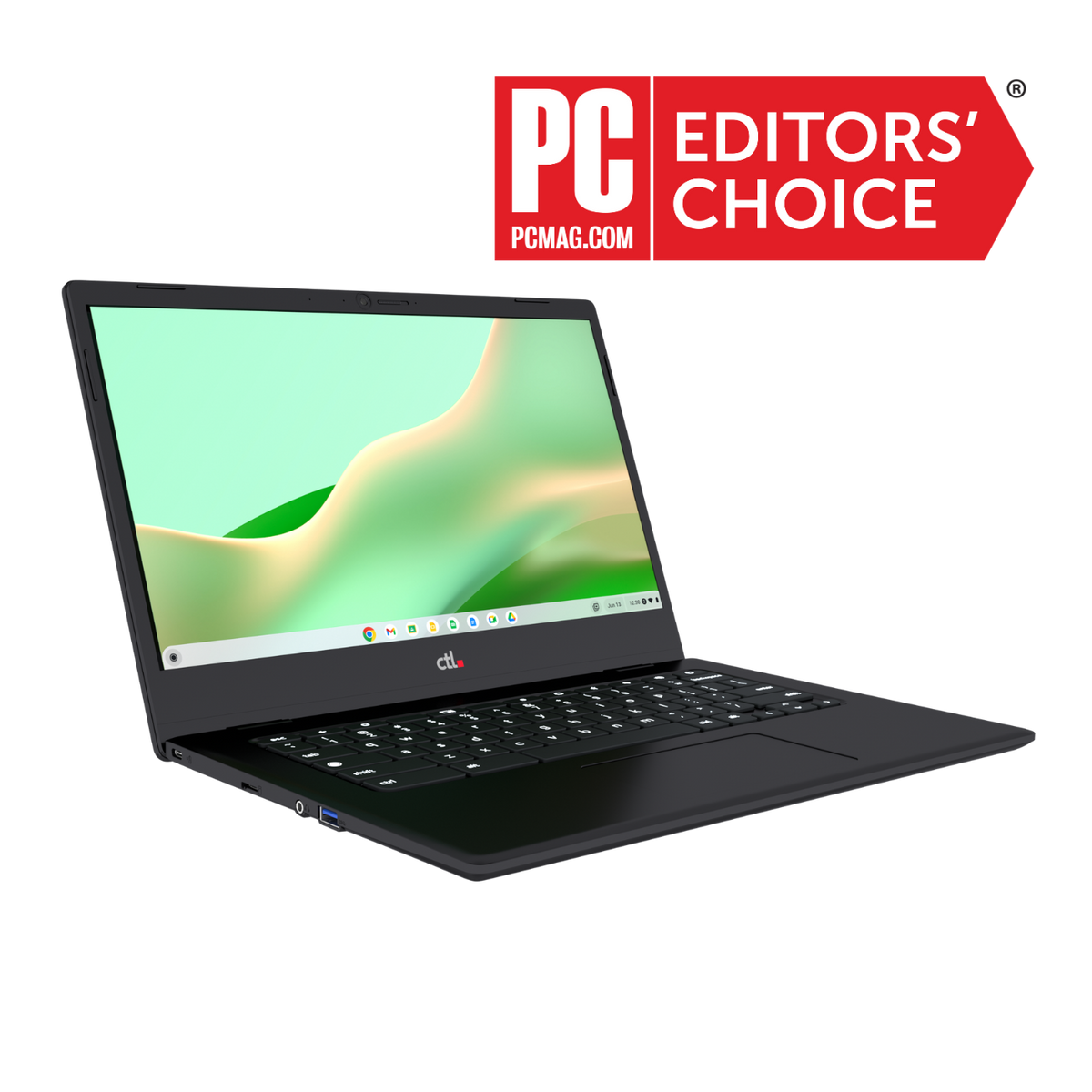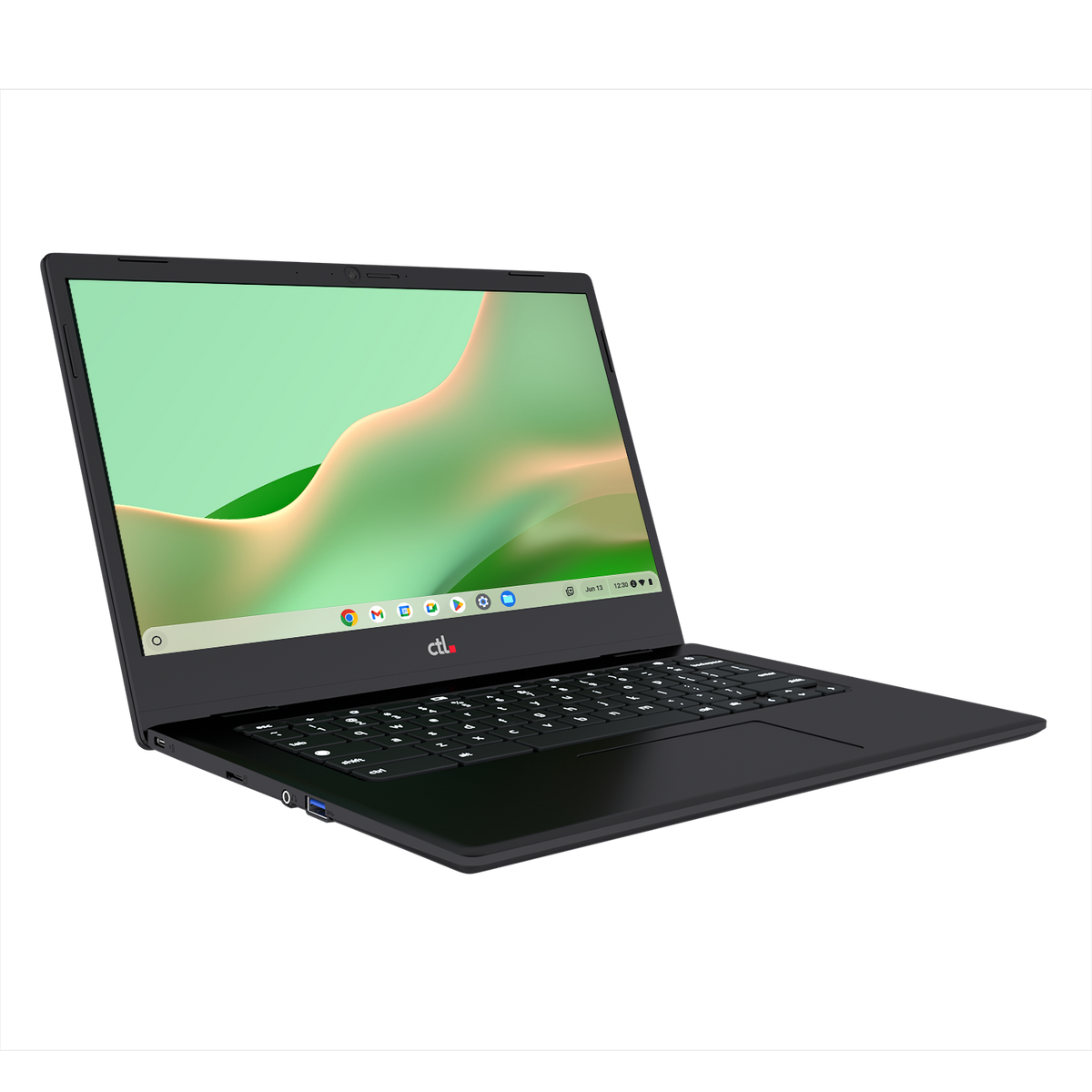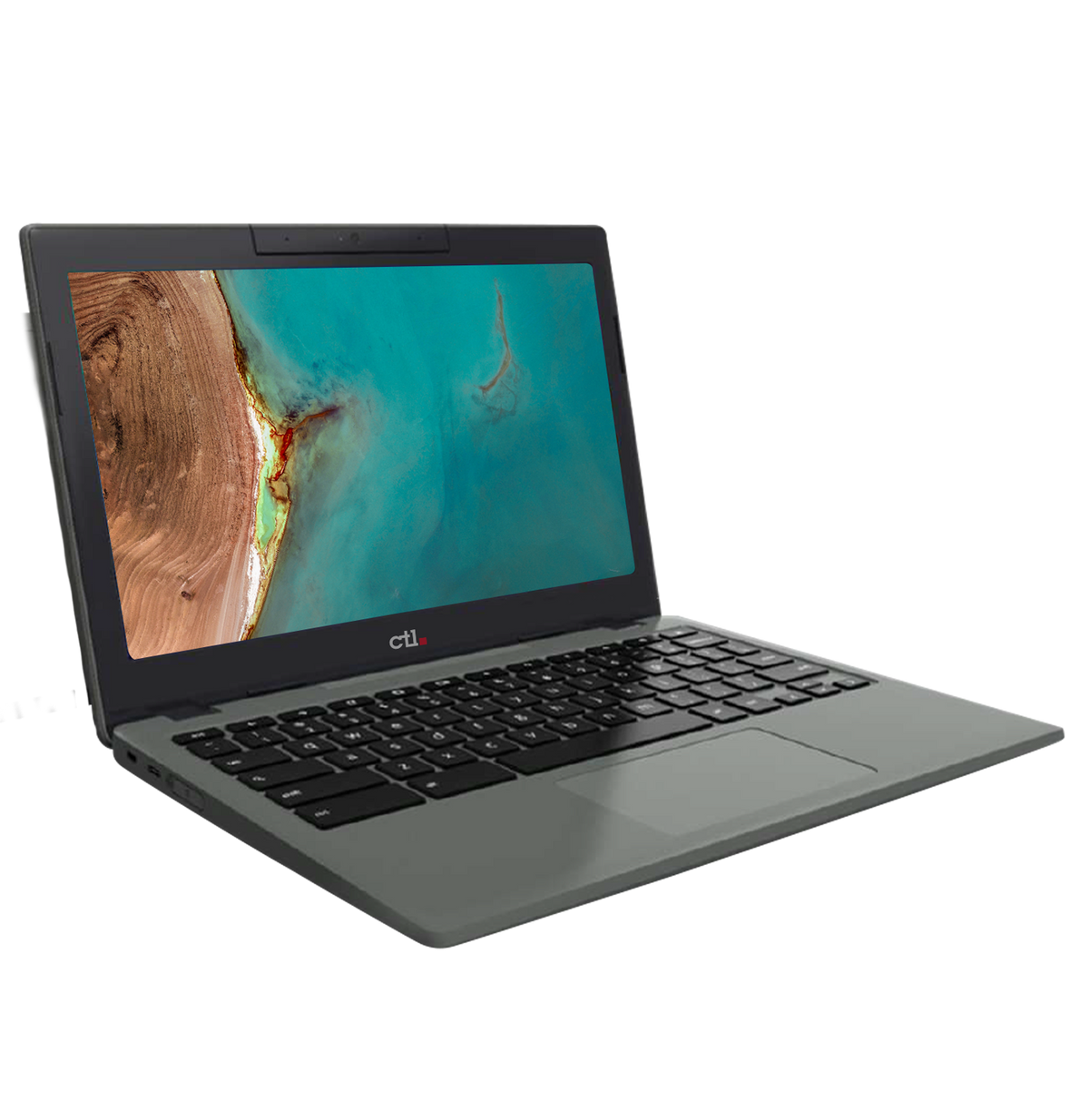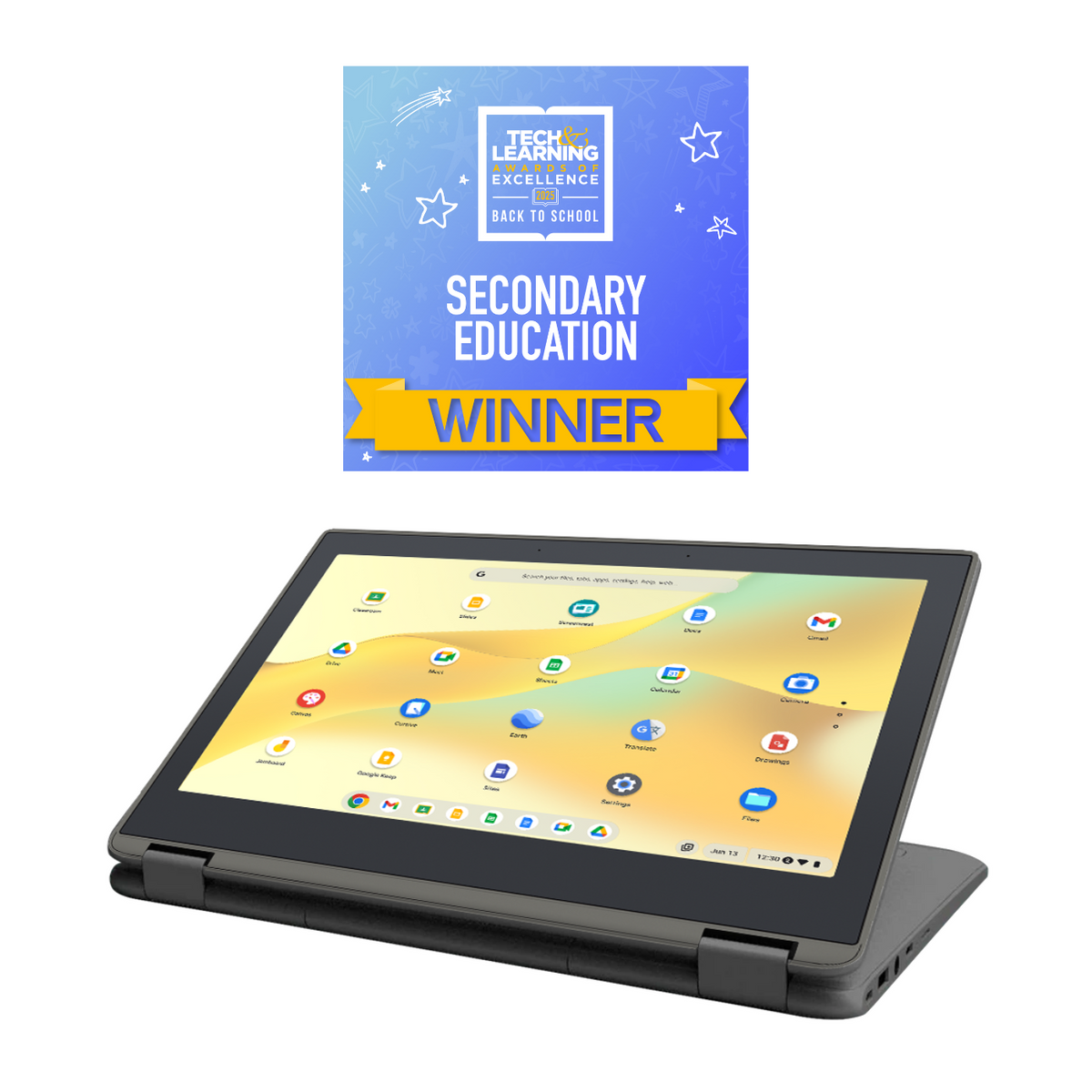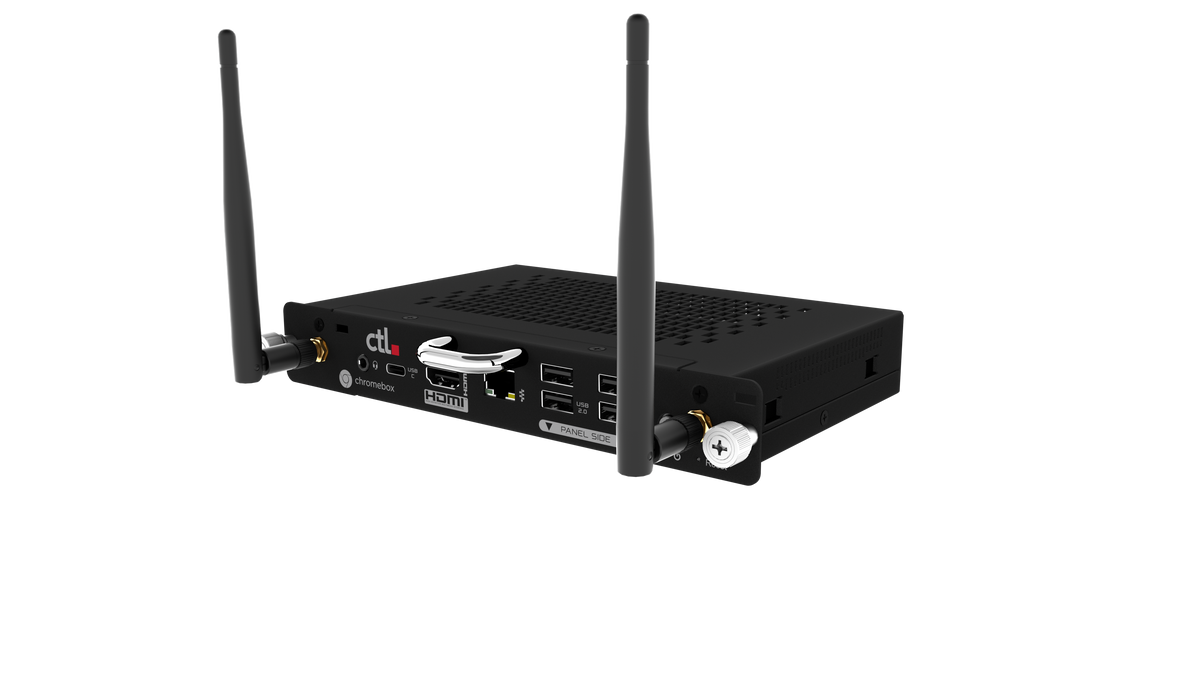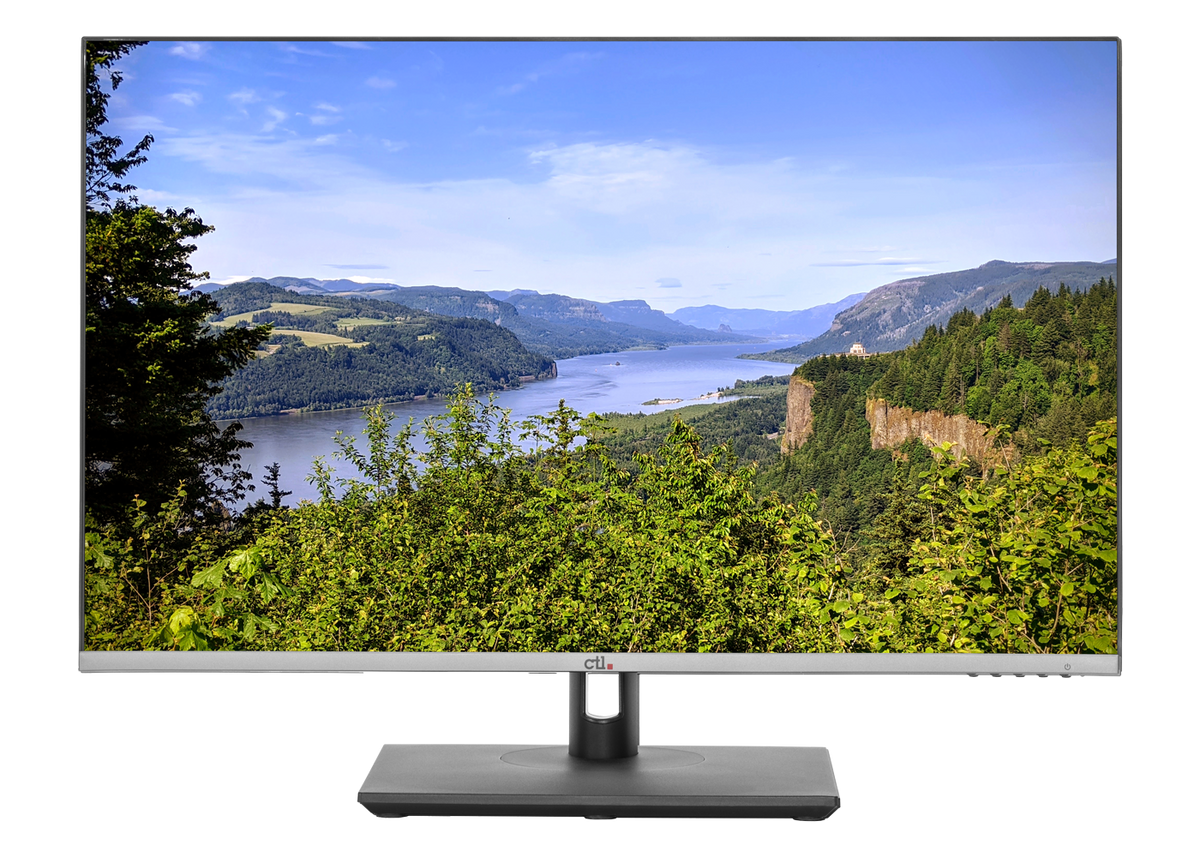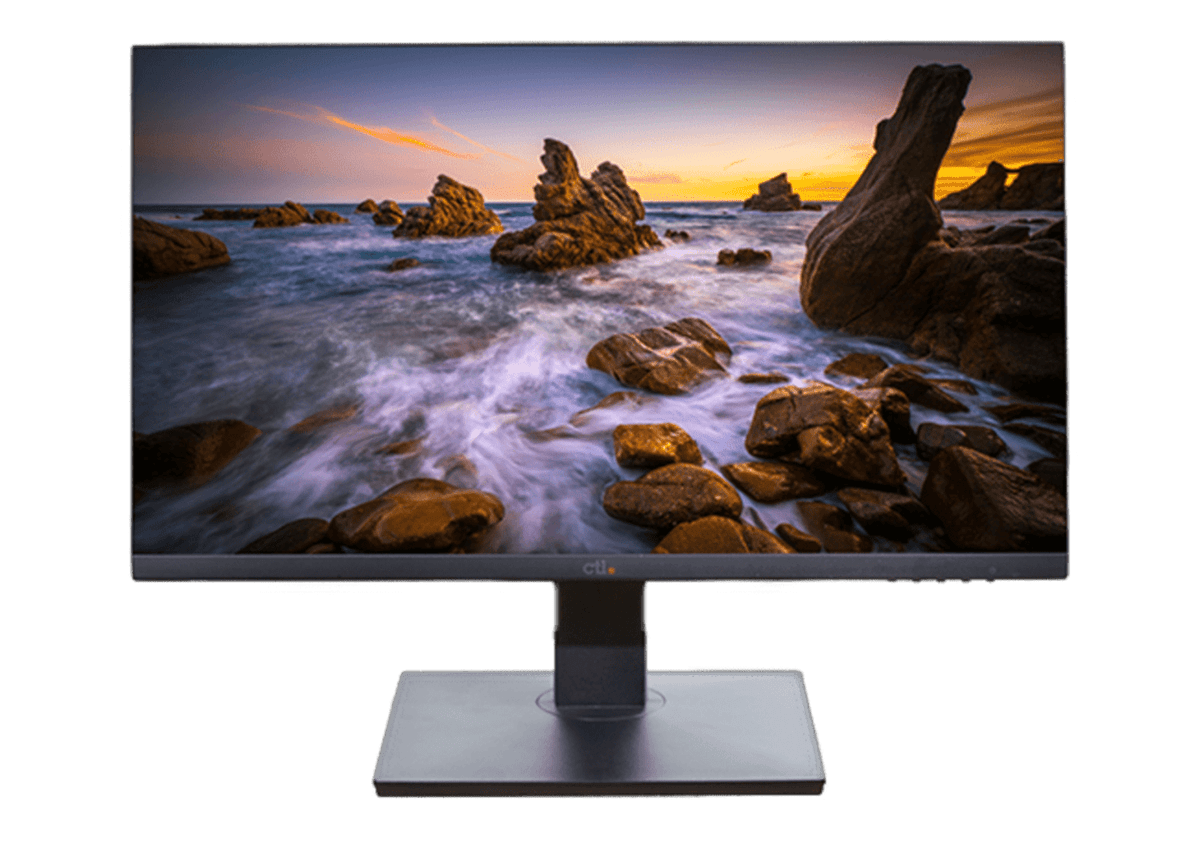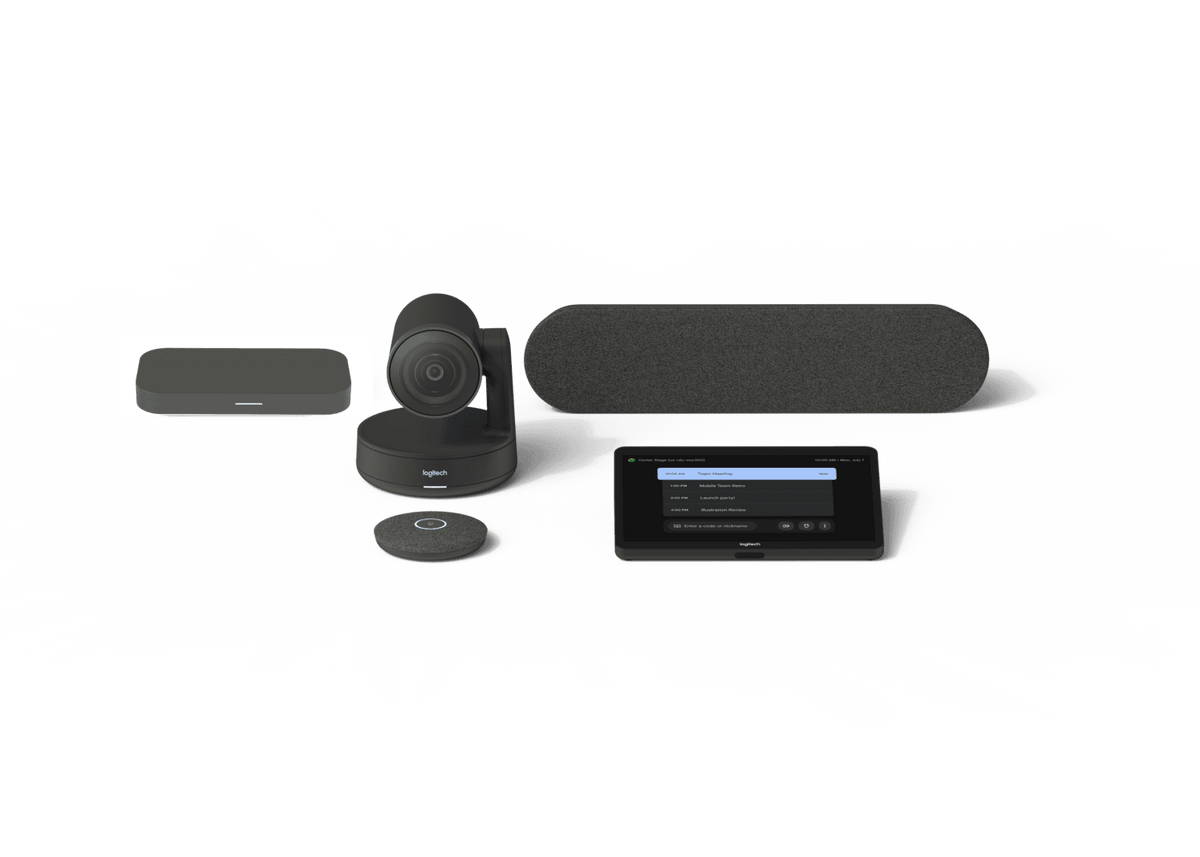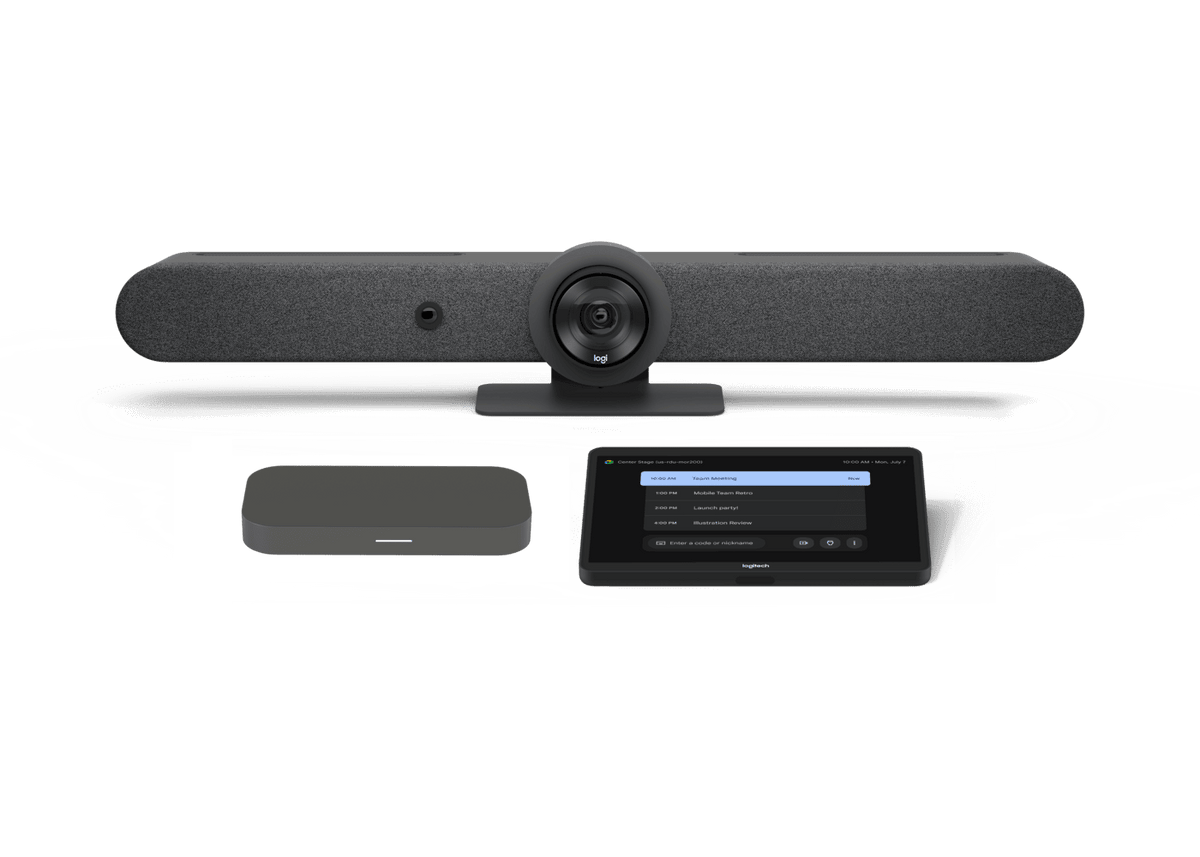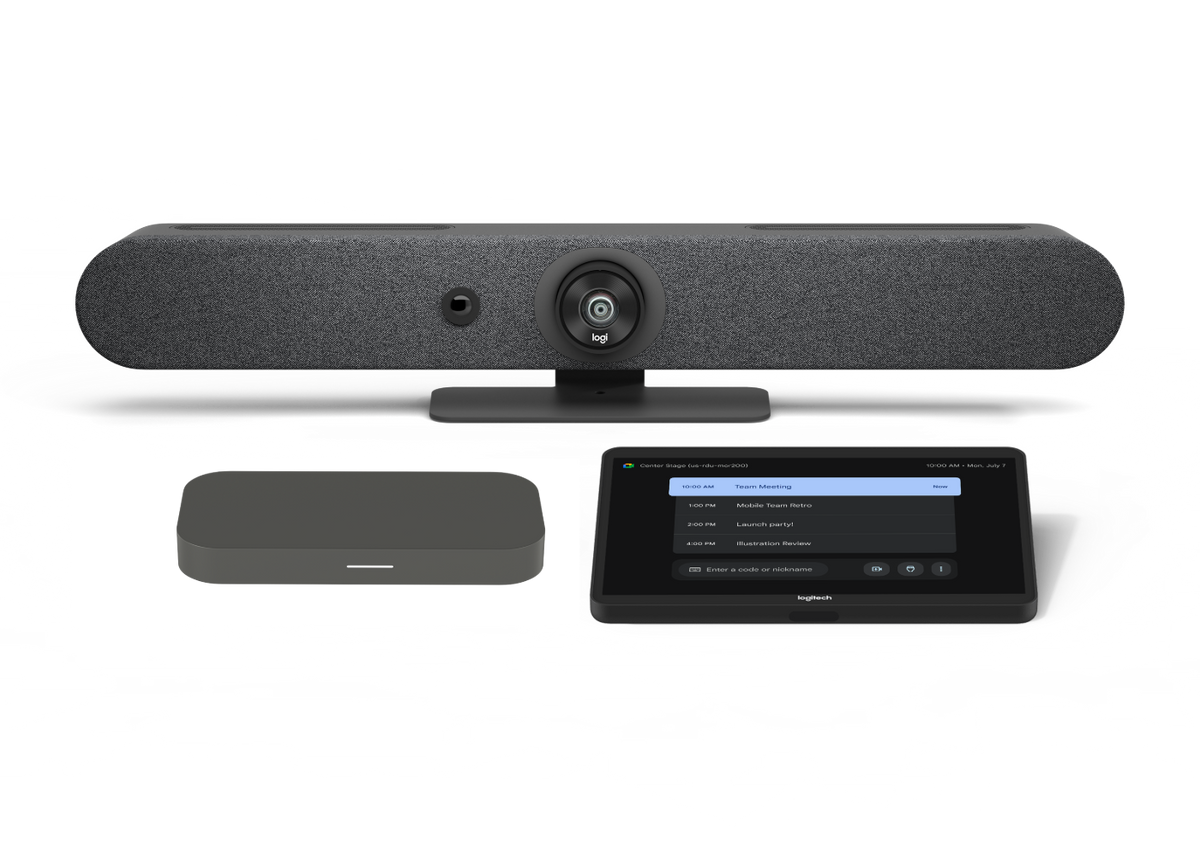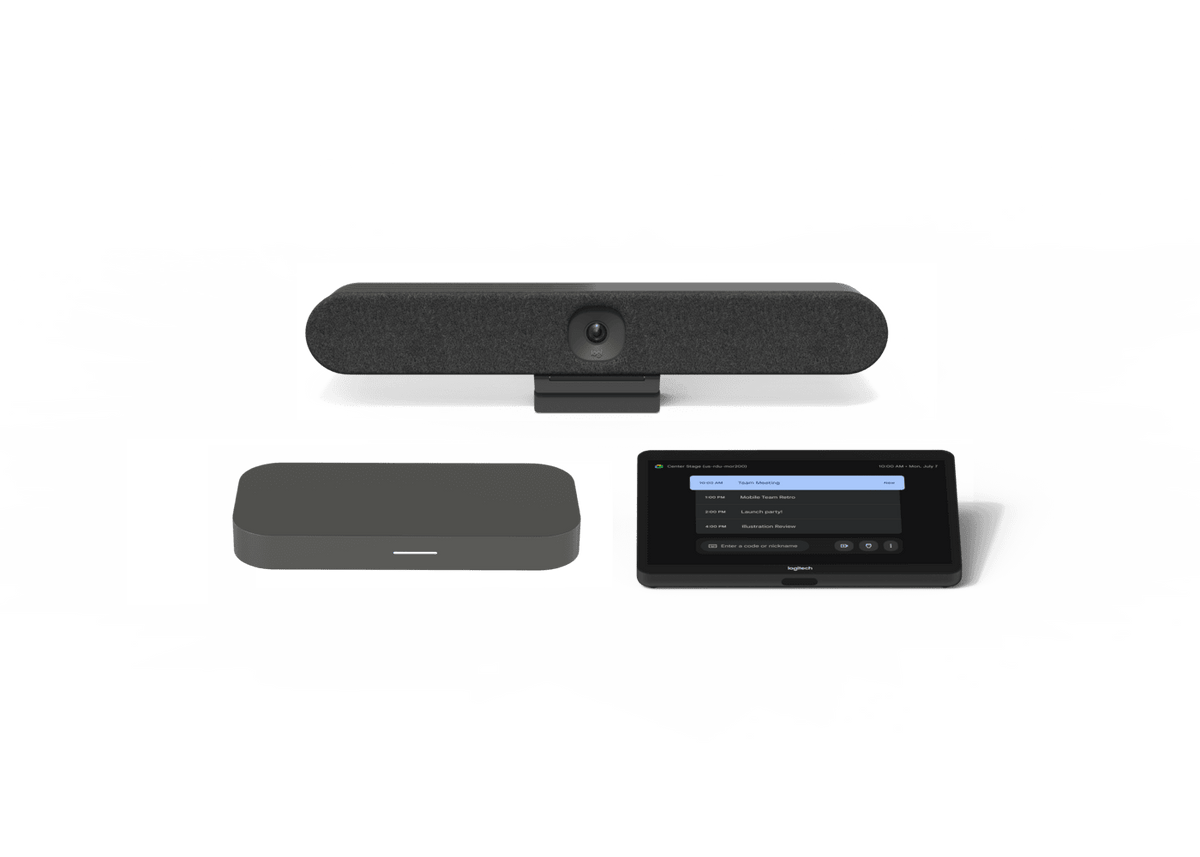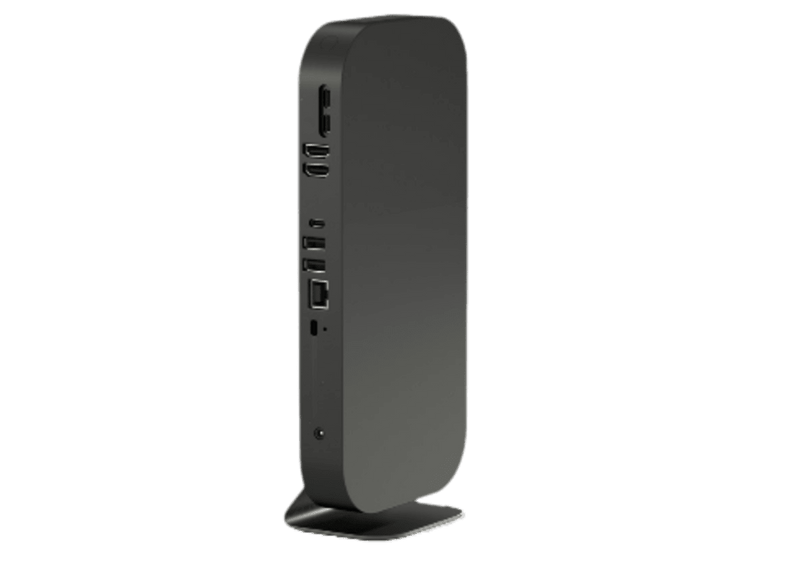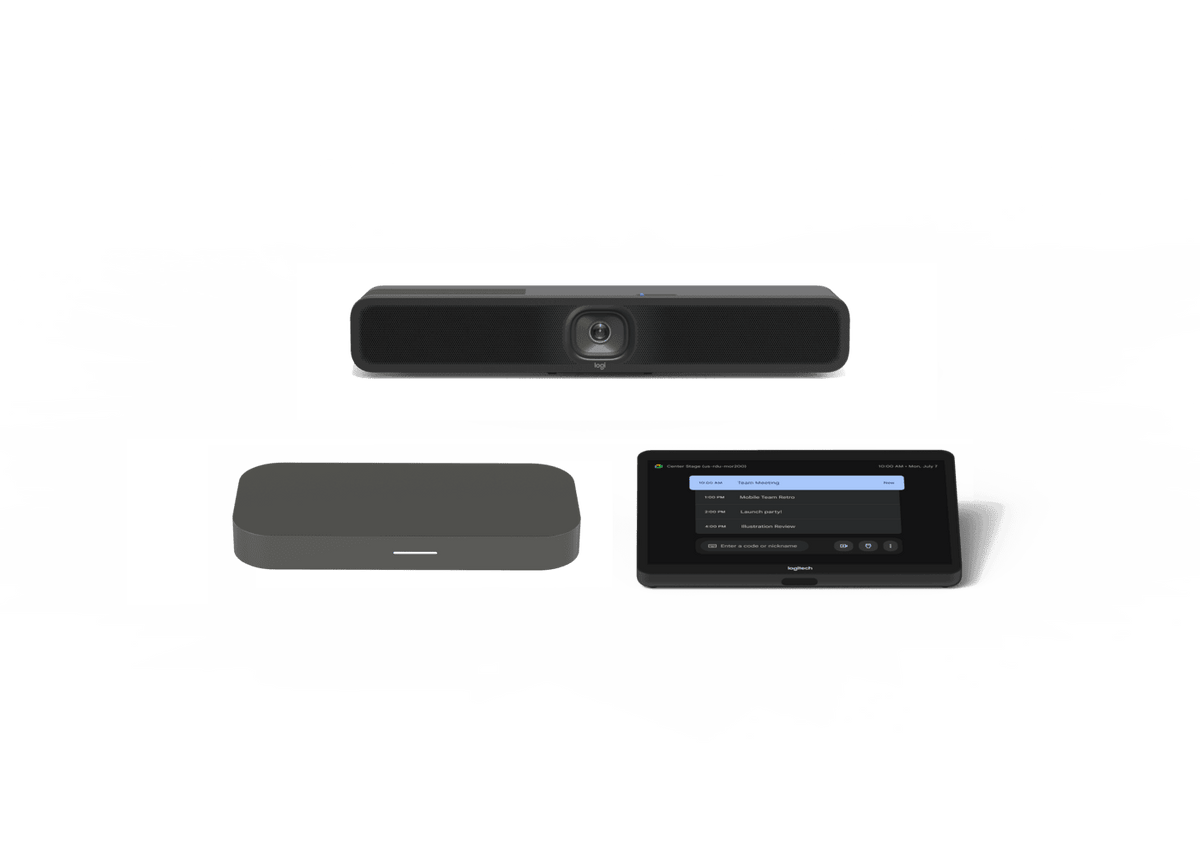How to Find Sustainable Funding for 1:1 Student Computing Devices
Recently, CTL’s CEO, Erik Stromquist, spoke on the urgent topic of finding funding to maintain 1:1 student computer programs in schools. In this blog post, we’ll reprise the content about the challenges and potential solutions to ensuring the continuance of 1:1 computer deployments in schools.
The Unfolding Crisis in 1:1 Student Computer Deployments in 2024
The pandemic era brought an unprecedented infusion of federal funding into K-12 education, spotlighting the urgent need for digital tools in classrooms. This period saw a significant deployment of computing devices, with Chromebooks emerging as the overwhelming choice for their cost-effectiveness and ease of management. However, as these temporary funds begin to wane, schools face a looming crisis—how to sustain the momentum of digital learning in the face of dwindling resources.
“Right now, there is a perfect storm of financial chaos brought on by the abrupt ending of federal pandemic relief funds, falling district enrollments, and slowing state revenues. Pandemic and stimulus funding ends in 2024. Increased staffing costs and inflation are impacting district budgets,” said Erik Stromquist, CEO of CTL. “Meanwhile, high-poverty communities will see sharper impacts to their school budgets partly because of how ESSER funding was structured.”
All around the country, schools like those in North Carolina say they’re running out of funds to maintain 1:1 programs.
Today, it’s up to school leaders to pencil out any proposed changes to revenue structures and find ways to ensure the digital equity schools have built up does not get lost in transition.
CTL's Role in 1:1 Device Deployments
As one of the world’s largest OEMs of Chromebook devices, we at CTL not only recognize this challenge, but we can share some of the funding success stories we’ve helped enable within our customer base. Here are six ideas for maintaining 1:1 funding for student computing devices in 2024.j
1. Learn from a Pioneer State Who’s Done it Right: Maine, US
Maine began their 1:1 device journey in 2001 and implemented a forward-thinking program that addressed funding sustainability with their state budget. Maine uses a portion of the state's General Purpose Aid budget to pay for their 1:1 device initiative, the Maine Learning Technology Initiative,” (MLTI), which includes devices, software, support, warranty, repairs, WiFi, and professional development. Additionally, Maine created its local version of E-Rate, the Maine Telecommunications Education Access Fund (MTEAF), and uses it in combination with E-Rate to cover 100% of the cost of connectivity to schools and libraries in Maine.
We hope others can emulate this model or a similar one in their own states.
2. Consider 1:1 Chromebook Rental Programs
Around the industry, many organizations also offer device rental programs. These programs offer schools a way to manage costs effectively while ensuring students have access to the latest technology. This model emphasizes a lower total cost of ownership, predictable budgeting through fixed payment plans, and an environmentally responsible approach to device lifecycle management.
CTL is the only manufacturer of Chromebooks to offer a rental program directly. Recently, we worked with Aurora Public Schools and Verizon to equip students and teachers with the latest CTL Chromebook technology, supported by comprehensive services from CTL, including device deployment, enrollment, and repairs.
View the case study to understand the real-world impact of Chromebook rental programs
3. Shift the Funding to Parents via Fundraising or Private Store
We know this will not be everyone’s favorite option. However, for some schools, it has worked out well. There are multiple ways to do this: ask the PTA or school support foundation for funds, issue a city bond, or use other imaginative fundraising methods.
Another way CTL has helped with this is to set up a private store for a school or district customer, where parents can go and purchase the pre-selected equipment. According to Stromquist, “This model offers flexibility for students in need, where the district can issue a coupon code for a free or reduced price. This helps preserve digital access and equity while maintaining student and family privacy.”
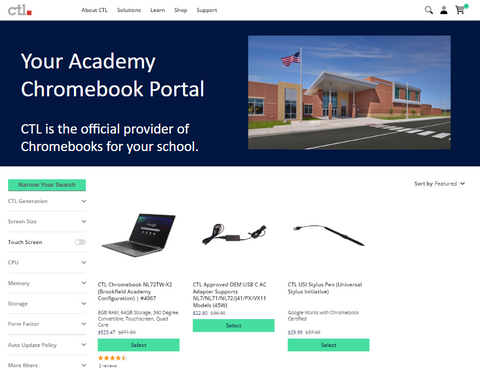
4. Consider City-School District Partnerships for 1:1 Chromebook Funding
Recently, CTL was involved in an innovative program with the Tukwila School District. Many students needed Wi-Fi, and they would try to get it wherever they could after school hours. Tukwila’s city mayor said, “Students camped outside the local King County Foster Library, tapping into the free Wi-Fi to complete online homework assignments. ‘Internet for All’ was needed.”
Funded by a $1.4M grant from the Washington State Department of Commerce and administered through the Washington State Broadband office, the school district worked with several partners, including the City of Tukwila, CTL, and Federated Wireless, to create a private LTE network to give all students connectivity either at home or at school. Eight outdoor 4G Citizens Broadband Radio Service (CBRS) radios were installed at five different sites throughout the district. CTL’s LTE-enabled Chromebooks were integrated into the new system.
As a result of this innovative partnership, students received their own Chromebooks, LTE connectivity that provided access beyond school buildings to the entire school district area, and digital learning equity.
Read the success story on LTE-enabled Chromebooks for the Tukwila School District.
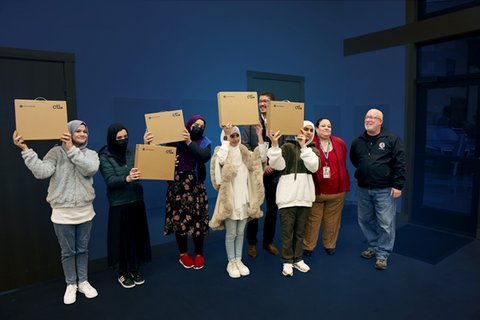
5. A Look Ahead: Possible E-Rate Funding for 1:1 Computing Devices with Connectivity
E-Rate provides discounts for telecommunications, Internet access, and internal connections to eligible schools and libraries. Eligible schools, school districts, and libraries may apply individually or as part of a consortium. The e-rate program does not yet cover Chromebooks with embedded connectivity, but CTL is hopeful it might soon.
“CTL has requested that E-Rate funding apply to devices with embedded connectivity, including the CTL Chromebook NL72 Series with embedded LTE. We’ll keep you updated on our progress,” said Stromquist.
6. A Few Other Thoughts for 1:1 Student Computing Device Funding Challenges
As you progress in figuring out your funding models for 1:1 computing device deployments, we encourage you to consider the other costs you should plan for and intelligent ways to get the most out of your budget.
Strategic Cost Considerations for Long-Term Device Use
CTL advocates for strategic device refresh plans that align with the evolving needs of educational institutions. By carefully planning for the entire lifespan of your devices, schools can ensure that technology remains up-to-date, functional, and capable of supporting the latest educational software and applications.
We suggest you think about the total cost of ownership up front. Don’t be attracted by a low initial purchase price. Instead, ensure you consider and plan for everything these devices will need to serve long tours of duty: initial purchase price, the Google automatic update support horizon, warranty costs, accidental damage repair programs, maintenance costs, device buyback programs from your supplier, and even the potential to recover value from recycling.
This proactive approach can help you make a wise long-term decision that reduces damage, prevents obsolescence, and maintains a high device usage level to drive positive learning outcomes.
Get Creative with Repair Services to Control Cost.
Usually, the damage to 1:1 Chromebook devices is user-inflicted and primarily minor, such as the popping off of a key. Some of our customers are standing up student repair labs with help and training from CTL. These schools offer vocational training credit for student technicians who can repair items within the district boundaries, reducing any shipping costs and time delays.
One CTL customer commented:
“We usually maintain between 10-12 student interns who come every day after school to repair these, using standard parts. We like that the CTL Chromebooks are built out of industry standard components, easy to service, and work well out of the box. This makes it easy for us to set up in-house repair and refurbishment while providing hands-on education and training to our student interns.”
~ Jason Eyre, IT Director for Murray City School District, Utah
In a word, brilliant! A win-win for districts and students.

A Call to Action for Funding 1:1 Student Computing Devices
The challenges of sustaining technological advancement in education are formidable, but the path forward is bright, with visionary school districts and creative device vendor solutions leading the way. As we look to the future, it's clear that collaboration, innovation, and a steadfast commitment to equity are the keys to unlocking the full potential of digital learning. CTL is working with education technology customers to bridge the digital divide and build a more inclusive, educated world.
View CTL's lineup of Chromebook solutions for schools.
Contact us today to discuss your device strategy and understand the CTL difference.

